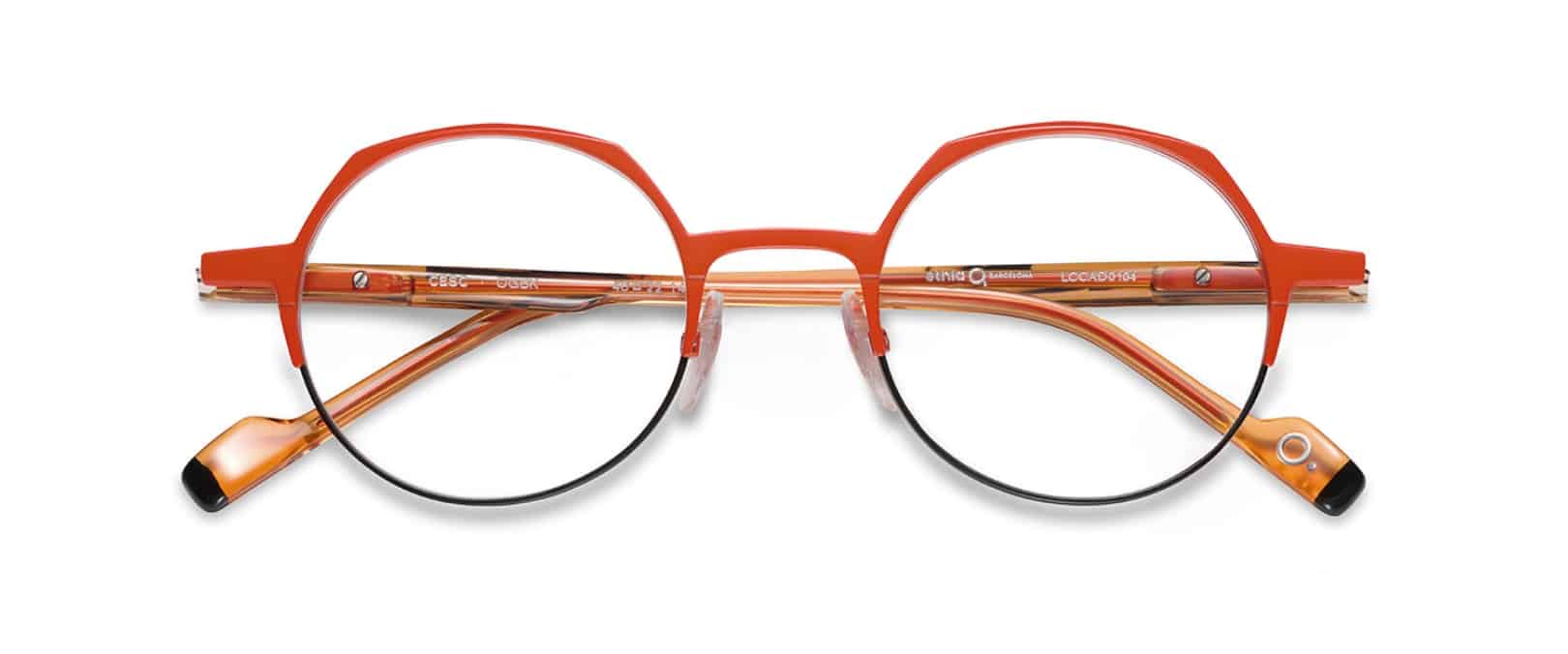Millions of Americans Experience Dry Eye Symptoms, Yet New National Survey Shows Sufferers Struggle to Find Relief
Wednesday, July 10 2024 | 11 h 08 min | News
Bausch + Lomb Corporation shared results from the company’s inaugural State of Dry Eye survey, which explores dry eye understanding and experiences among American adults. Dry eye is increasingly common and can range from occasional symptoms of dryness to a chronic condition called dry eye disease.
The survey revealed the majority of respondents may not know that their symptoms – which can include redness, fluctuating vision, a scratchy, gritty, tired or heavy feeling, or overall eye irritation – may be associated with eye dryness. Additionally, most respondents don’t realize that symptoms of dry eye are increasingly present in younger people, and two in five are unaware that untreated dry eye can lead to other eye problems, such as fluctuating vision.
“The prevalence of dry eye is growing, particularly among a younger demographic in large part due to modern lifestyles and heavy digital device use. The survey results underscore the importance of raising awareness of dry eye, so sufferers are empowered to speak with an eye care professional and seek relief. That’s why we developed KnowYourDryEye.com to help facilitate these conversations.”
Yehia Hashad, MD, executive vice president, Research & Development and chief medical officer, Bausch + Lomb
Key Findings from the 2024 State of Dry Eye Survey:
Dry eye impacts quality of life.
- Three in four dry eye sufferers (75%) find it extremely or very bothersome, with three in 10 saying that their symptoms have worsened over time (31%).
- Eight in 10 dry eye sufferers (81%) are constantly aware of how their eyes feel.
- Close to half of sufferers (46%) report that sometimes their symptoms are so bad they can practically “hear themselves blink”.
And make it difficult to enjoy day-to-day activities.
- Most dry eye sufferers (67%) had to give up or cut back on something to relieve symptoms, including screen time (32%), spending time outdoors (25%) and wearing makeup (24%).
- Dry eye sufferers report their symptoms have the biggest impact on reading (45%), device use (35%) and driving (31%).
Despite this, most Americans don’t know much about dry eye, what to do about it or that their symptoms may be associated with dry eye.
- Most (70%) don’t know much about preventing or treating dry eye.
- While respondents reported regularly experiencing symptoms that may be related to dry eye, such as tired eyes [38%], sensitivity to light [27%], and redness [19%]), fewer (15%) reported regularly experiencing eye dryness, suggesting people may not recognize their symptoms could be associated with dry eye.
- Around two in five Americans (43%) don’t routinely (i.e., at least once a year) see an eye doctor, even though it’s the primary way to get evaluated.
- Most respondents (66%) don’t know that symptoms of dry eyes are increasingly present in younger people, which is likely the result of today’s modern lifestyles, including increased screen time.
- Over half of sufferers (52%) think dry eyes are difficult to address and something people must learn to live with.
If left untreated, dry eye may get worse and progress to dry eye disease, potentially impacting eye health and vision.
- More than two in five (44%) of respondents don’t know that untreated dry eye can lead to other eye problems and even vision loss.
“Most people think of dry eye as a minor nuisance, but the truth is it can drastically affect one’s daily life. Early symptoms are often misunderstood, downplayed, ignored or self-treated. People need to know their symptoms warrant a visit to the eye doctor, so they can get an accurate diagnosis and treatment. For people with dry eye, the good news is treatment and symptom management options are available. People are finding relief.”
Rebecca Petris, co-founder and president, Dry Eye Foundation
There are a broad range of options for those with dry eye, from over-the-counter eye drops and nutritional supplements to prescription medications. Those experiencing symptoms should see an eye doctor to discuss what may be best for them. Learn more at KnowYourDryEye.com.
Click HERE for the press release.
Want to see more like this article? Click here to subscribe to our FREE print magazines and e-newsletters!







